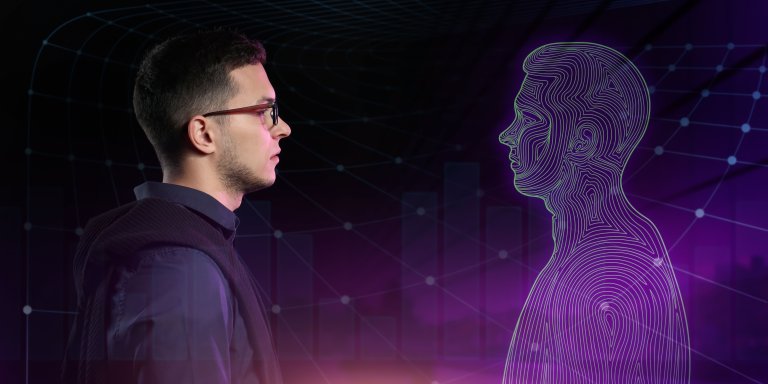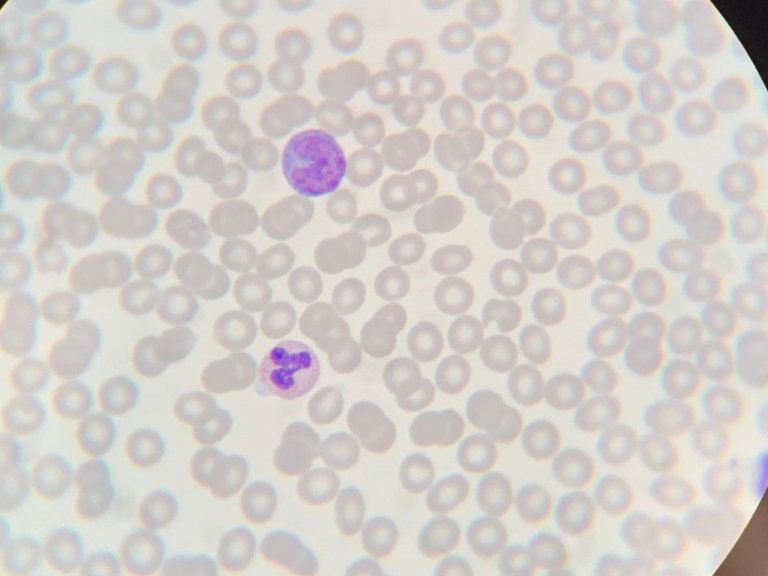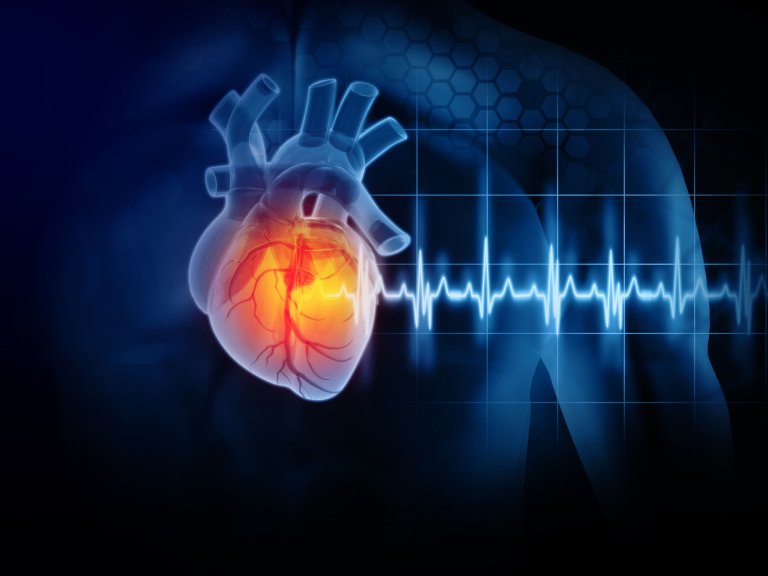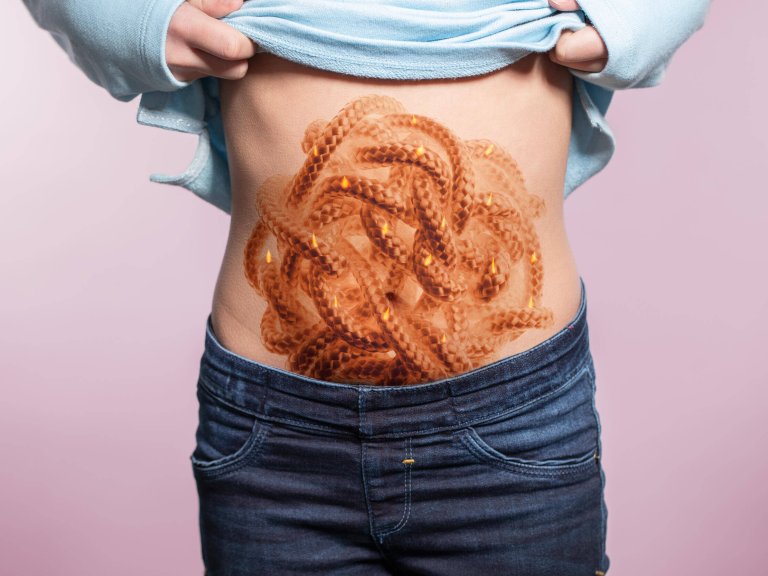For years, researchers have been using computers to simulate car and airplane designs. Max Verstappen steps into a simulator before he enters his real Formula 1 car and Henk Marquering, Professor of Translational Artificial Intelligence at Amsterdam UMC, wants to bring these simulators to the field of medicine. "Strangely enough, computer simulations in our work are far from the norm, despite having the potential to be an incredibly valuable tool. With this project, we want to first test the treatment for individual stroke patients on a digital twin. The doctors can see in the simulation which treatment works and which doesn't," he says.
In addition to the EU's €10 million, two partners from Switzerland and a partner from Taiwan are contributing a total of €3 million. Each partner from the 12 countries contributes a share of its own expertise in the field of computer simulation and medicine.
Knowledge-based Artificial Intelligence
Professor of Computational Science at the University of Amsterdam, Alfons Hoekstra explains these 'digital twins' are not "an animation but real calculations." "We enter the blood pressure, heart rhythm, information from the brain scan and other medical data of the stroke patient. Then a kind of 'digital twin' is generated on which we can simulate treatments," he adds.
A concrete example is the removal of a blood clot in the event of an ischemic stroke. By running simulations, doctors can see if a specific treatment will leave the patient's blood clot intact or whether it is fragmented. The latter is potentially life-threatening. "By simulating the process, the patient receives the most optimal treatment," says Professor of Neuroradiology at Amsterdam UMC, Charles Majoie.
"We are now finding out what is good for the individual patient. The more measurements we can put into the digital twin, the more precisely we can predict what the best treatment will be," Hoekstra adds.
This way of entering data into a computer model is also known as knowledge-based artificial intelligence. This is different from data-driven artificial intelligence, in which researchers mainly enter a lot of general data from a lot of patients into a computer. "It's a new application that we practice here. We combine the computer data with the physical and biological knowledge we have. Computer scientists and doctors work together here," says Hoekstra
Over the next four years, the researchers will be working on the technology that will make it possible to create digital twins. Once this technology is in place, they expect to need another two years or so to turn it into a computer simulation that can be used in practice. So that doctors will soon be able to use their computers to arrive at the most suitable treatment method for their patients. "A treatment that has first been virtually tested on your digital twin? Now that's tailor-made care," concludes Marquering.




